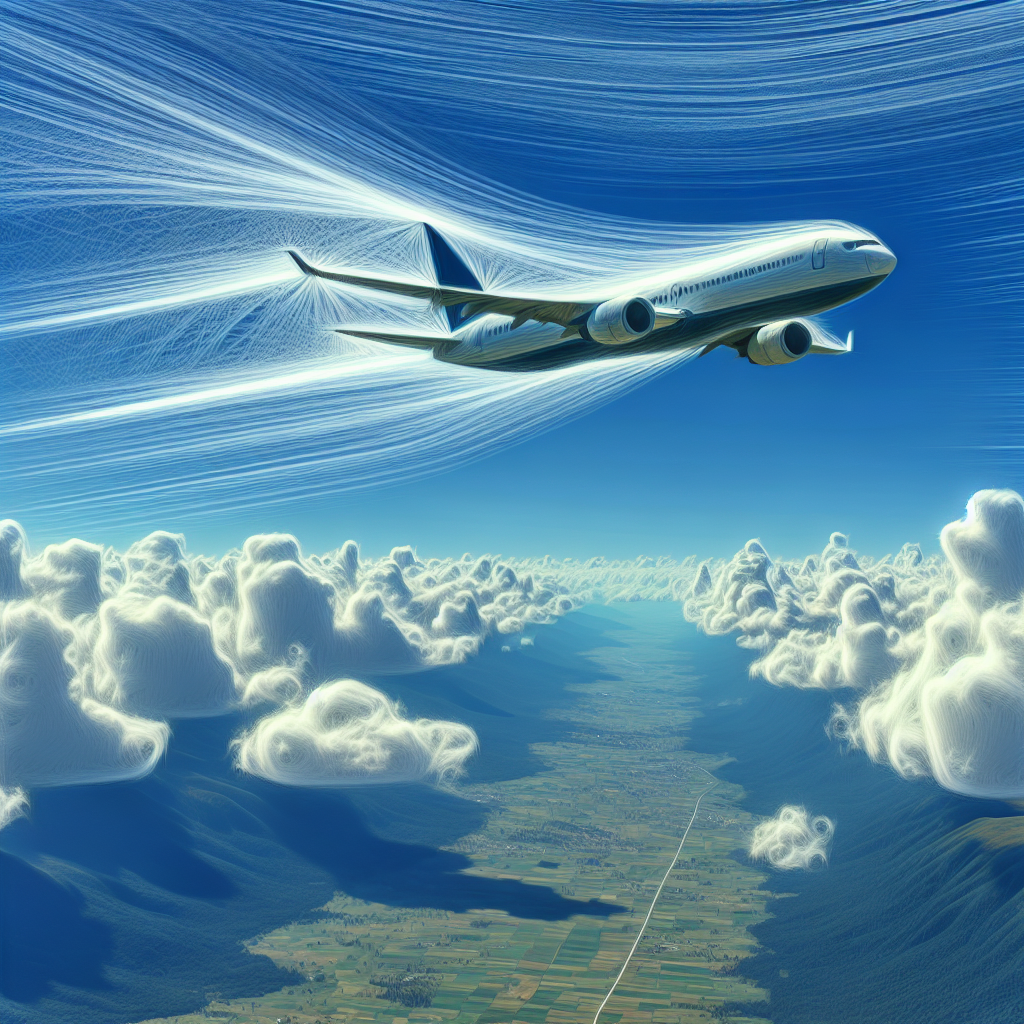Navigating the Skies: The Increasing Turbulence Challenge
Turbulence poses increasing dangers in aviation, with meteorologists indicating climate change's role in worsening conditions. Clear-air turbulence, often unpredictable, remains the most hazardous. While turbulence-related fatalities are rare, injuries are on the rise. Experts stress seatbelt usage for safety, as airlines adapt protocols to mitigate risks.

Turbulence in aviation has emerged as a growing concern, underlined by a Delta Air Lines flight that encountered severe instability, affecting 25 passengers. The incident highlights the dangers of flying through unstable air and raises questions about the growing frequency of such encounters.
Clear-air turbulence, often the culprits invisible to the eye, is becoming more common, sparked by shifts in jet streams and increased wind shear. Climate change, according to experts, could be exacerbating these airborne challenges, leading to rougher rides for passengers across the globe.
Aviation industry experts and meteorologists advise travelers to fasten their seat belts whenever possible as a precautionary measure. Meanwhile, airlines are modifying protocols, like ending cabin service earlier, to reduce the likelihood of in-flight turbulence injuries.
(With inputs from agencies.)










